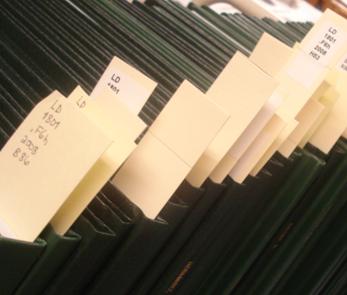
USF St. Petersburg campus Master's Theses (Graduate)
First Advisor
Co-Major Professor: Henry Alegria, Ph.D.
Second Advisor
Co-Major Professor: David Hastings, Ph.D.
Third Advisor
Committee Member: Michael Martinez Colon, Ph.D.
Publisher
University of South Florida St. Petersburg
Document Type
Thesis
Publication Date
2018
Date Issued
March 2, 2018
Abstract
This study focused on collecting microplastics in Tampa Bay estuarine surface waters in order to identify temporal and spatial differences. While there have been many studies of microplastic contamination in the marine environment over the past decade, quantifying microplastics in urban estuaries is constrained. This study provides an understanding of the abundance, distribution, and composition of microplastics at twenty sites in Tampa Bay as well as four ancillary tributary stations. The objectives of the study were to identify how surrounding land use type, freshwater sources, seasonal changes in precipitation, and wastewater treatment plant discharge affect microplastic concentrations. Water samples were collected at 1 m below the surface by using a Beta Van Dorn discrete sampler, as well as a plankton net, to capture appropriately-sized microplastics (less than 5.0 mm) in four different regions of Tampa Bay as well as surrounding rivers. Samples were taken during different seasons from June 2016 through July 2017. Microplastics were identified through visual inspection under a dissecting microscope and a hot needle test was utilized to confirm that the particles were plastic.
Eighty-five out of 182 (47%) discrete samples contained microplastics. Ninety-three out of 97 (96%) plankton tow samples contained microplastics. Concentrations for discrete samples in the Bay and tributary stations ranged from 0.25-7.0 particles/ L with an average of 0.95 particles/ L. Samples taken with a 330 μm plankton net yielded a range of concentrations from 0.0012-0.018 particles/L with an average of 0.0047 particles/ L. For both discrete and plankton tow samples there were no statistically significant differences in concentration between stations or bay regions at the 95% confidence level. Discrete microplastic concentrations demonstrated statistically significant differences between sampling periods potentially due to higher than average rainfall and storm water runoff during sampling period 10, July 2017, than other sampling periods. The highest average concentrations of microplastics for discrete samples in all bay regions were recorded in June 2016 or June or July 2017 (summer seasons) and the highest concentrations of microplastics for two bay regions (OTB) and (LTB) for the plankton tow samples were recorded in June or July 2017 when rainfall and runoff were elevated. June 2016 had higher than average rainfall for the month at (11.48 inches) as did June 2017 (7.9 inches) and July 2017 (8.99 inches).
Future studies can improve accuracy by sampling different depths of the water column as well as the vegetation and sediment. Sampling monthly over several years would help confirm seasonal differences and trends in concentrations in relation to precipitation levels and significant rainfall events. Possible contamination can be reduced by taking replicate field samples and taking larger volumes for discrete water samples. Furthermore, the identification procedure can be improved by confirmation of plastic polymers using fluorescent microscopy and Raman and Infrared spectroscopy. Modeling of microplastic movement using the numerical Estuarine Coastal Ocean Model (ECOM-3D) with the Lagrangian particle tracking method could help with prediction of spatial and temporal changes in microplastic distribution as well as determination of the transport pathways.
Creative Commons License

This work is licensed under a Creative Commons Attribution-Noncommercial-No Derivative Works 4.0 License.
Recommended Citation
McEachern, Laurinda Kinsley, "Spatial and Temporal Levels of Microplastics in Tampa Bay Surface Waters" (2018). USF St. Petersburg campus Master's Theses (Graduate).
https://digitalcommons.usf.edu/masterstheses/174


Comments
A thesis submitted in partial fulfillment of the requirement for the degree of Master of Science Department of Environmental Science, Policy, and Geography College of Arts and Sciences University of South Florida St. Petersburg